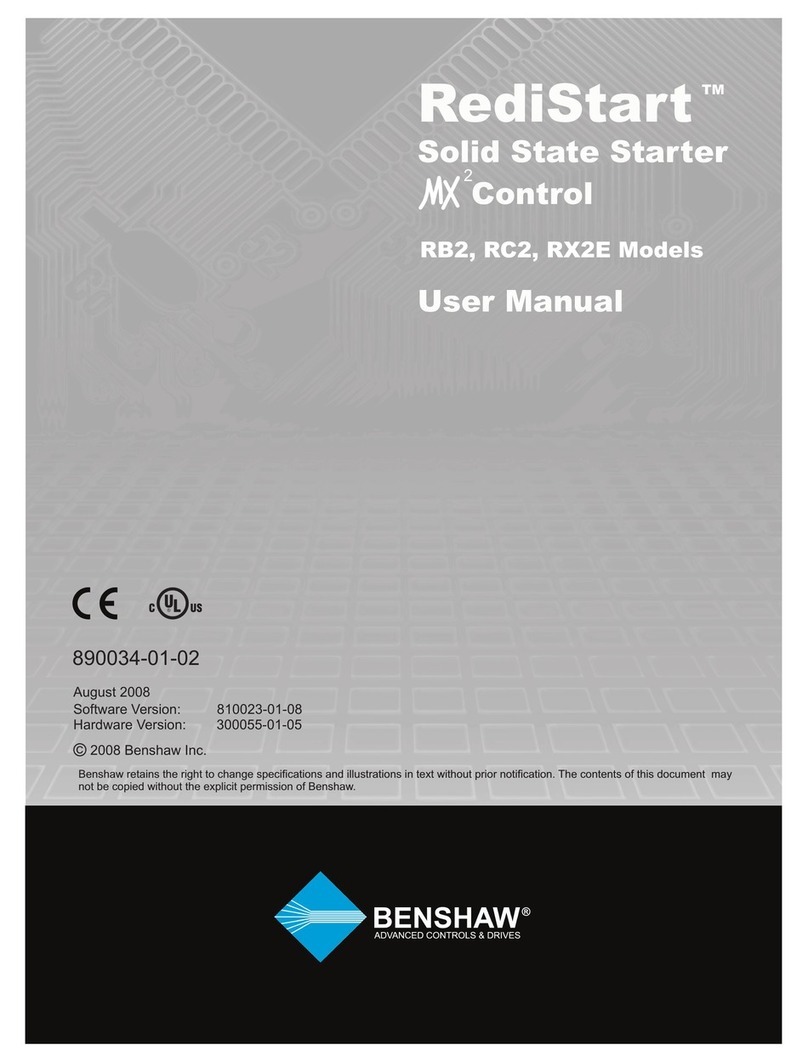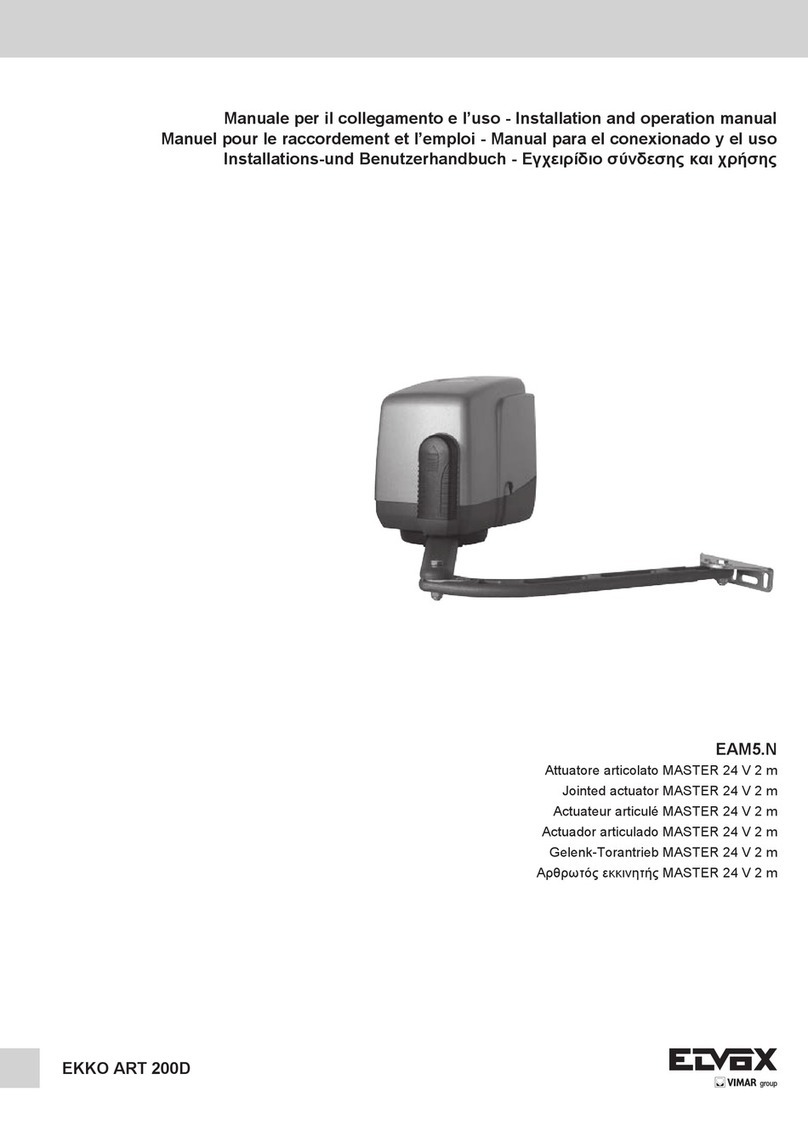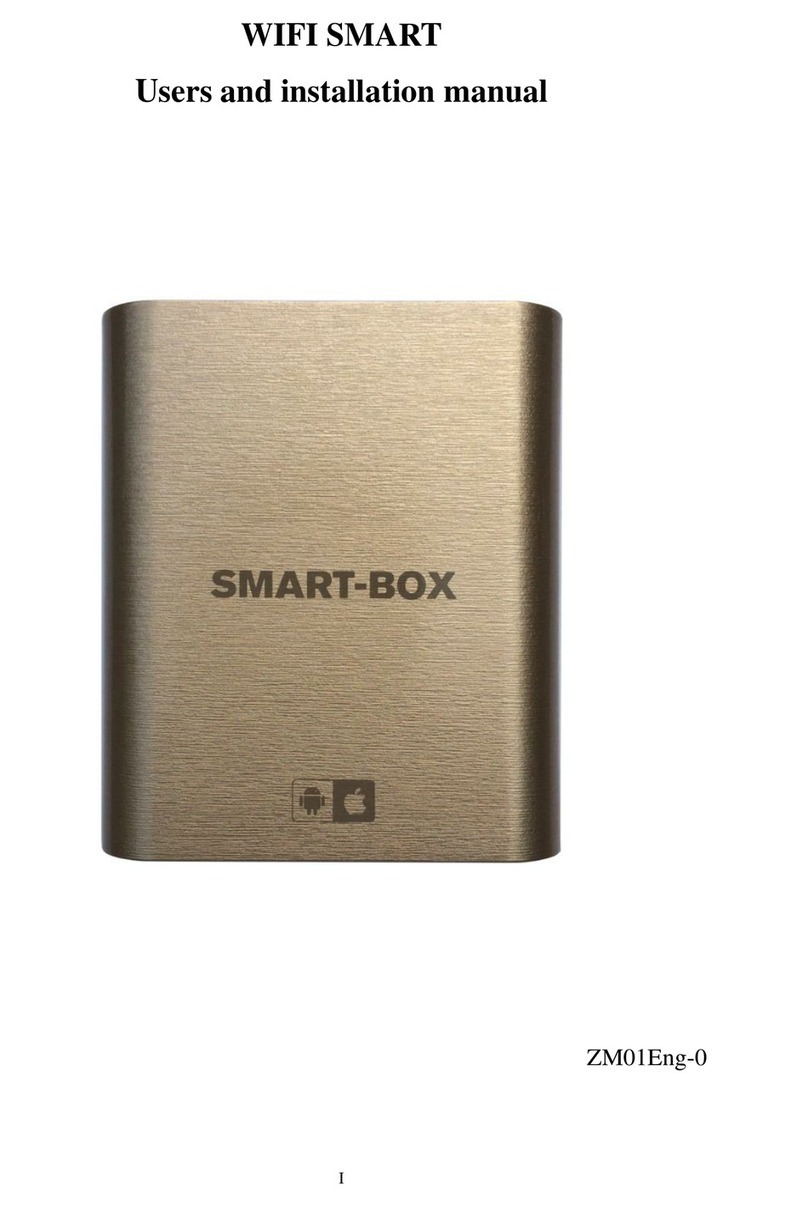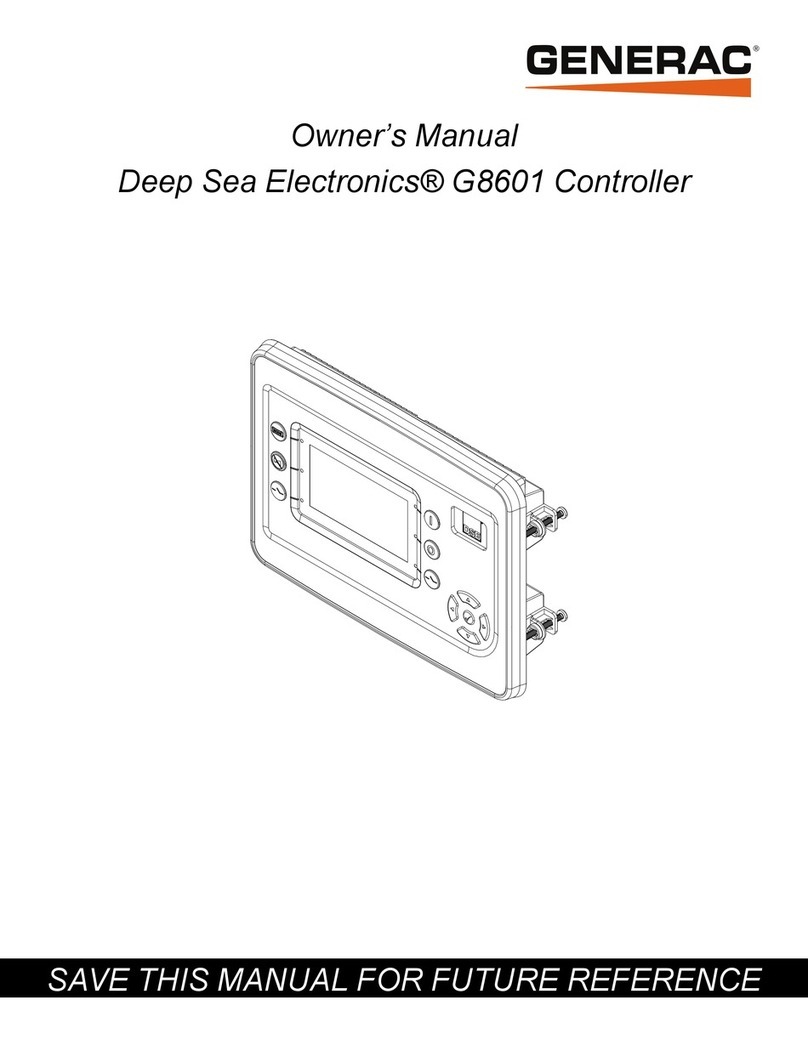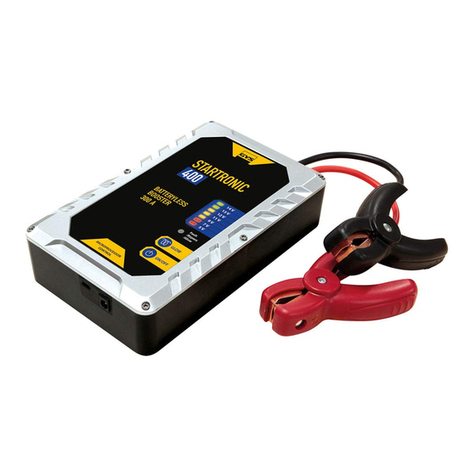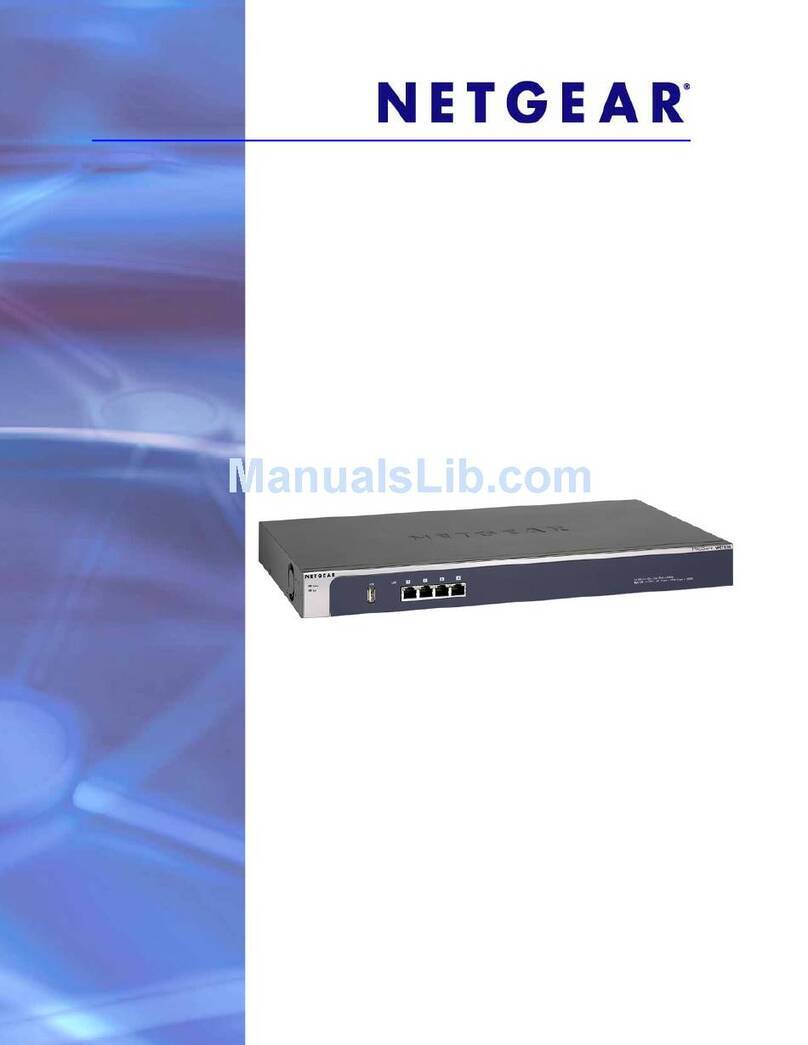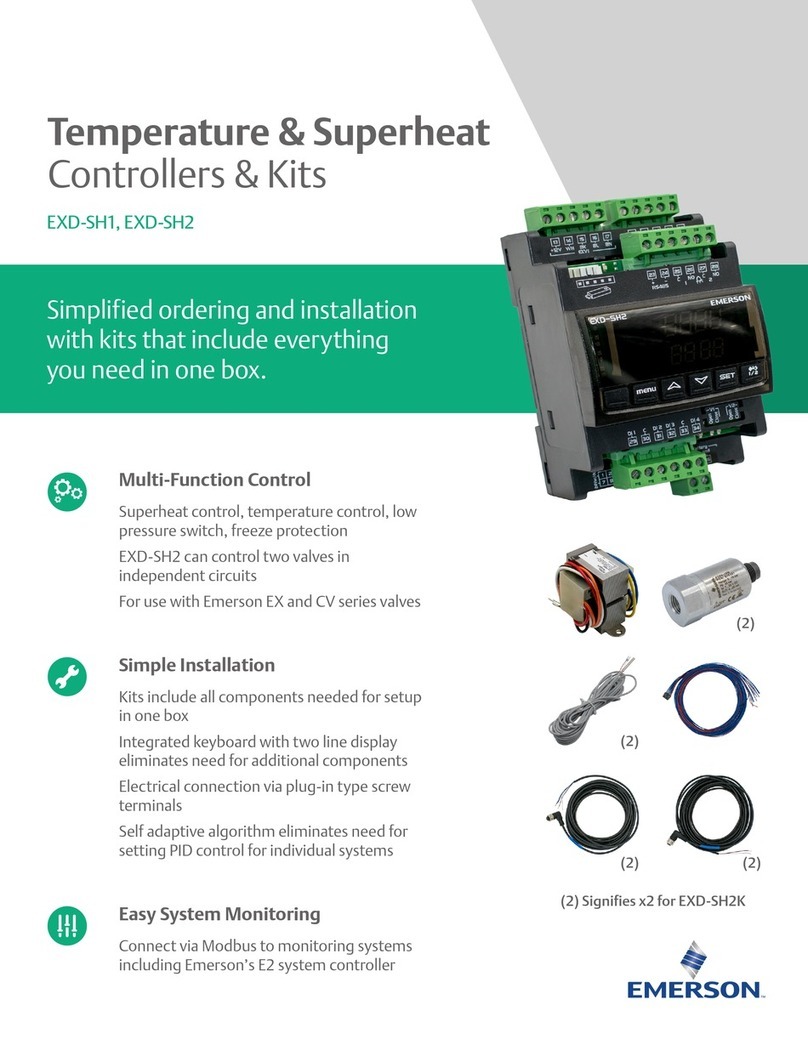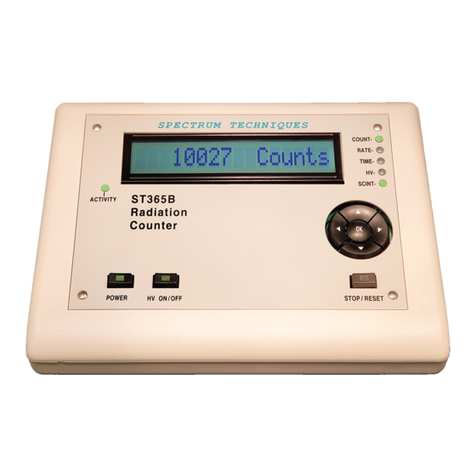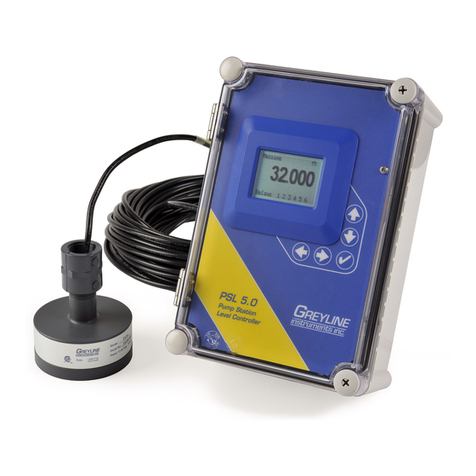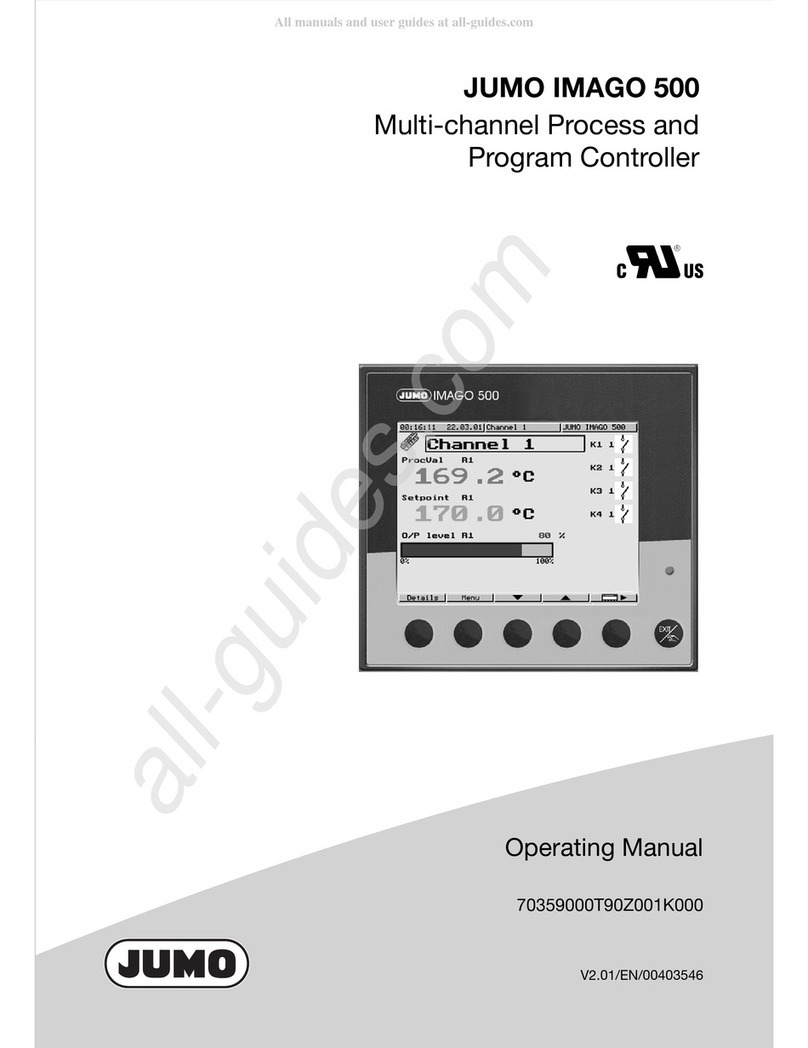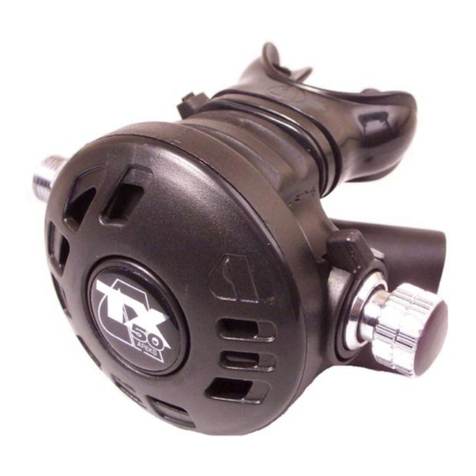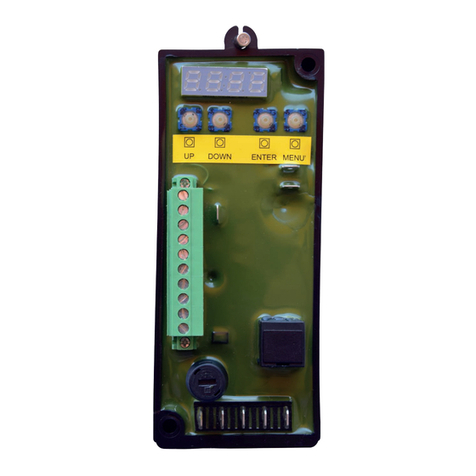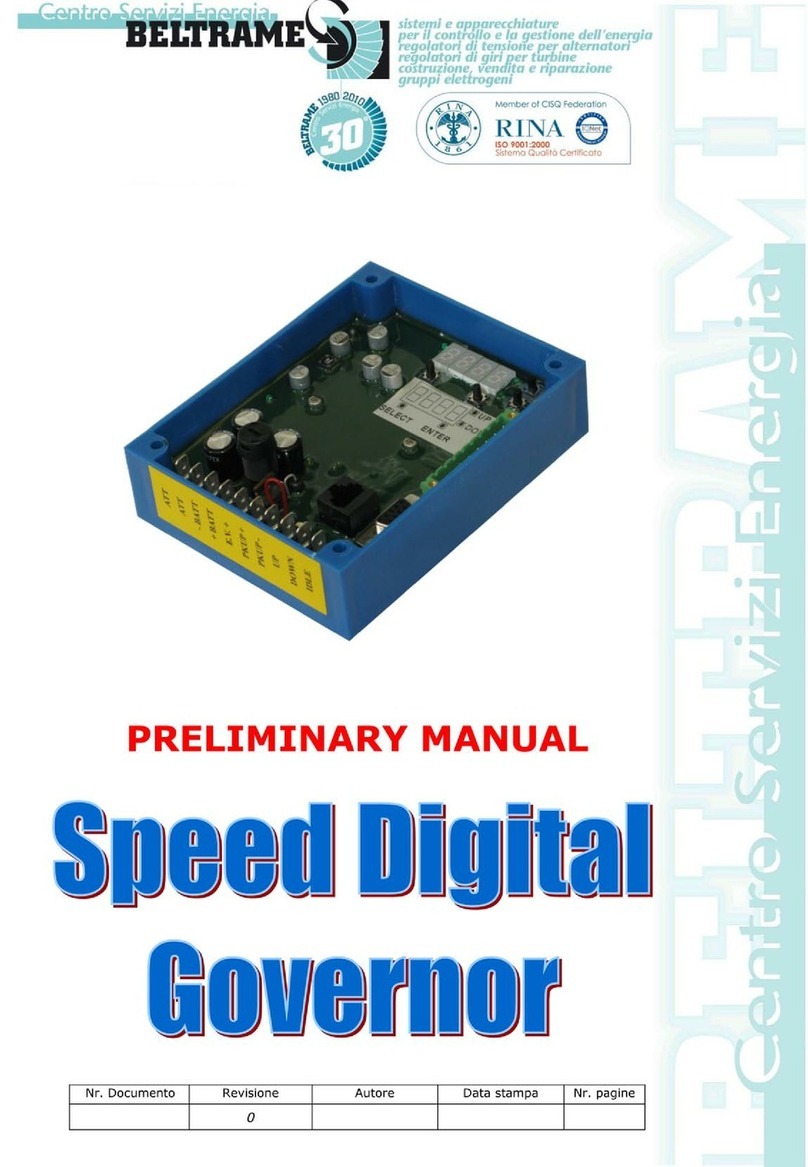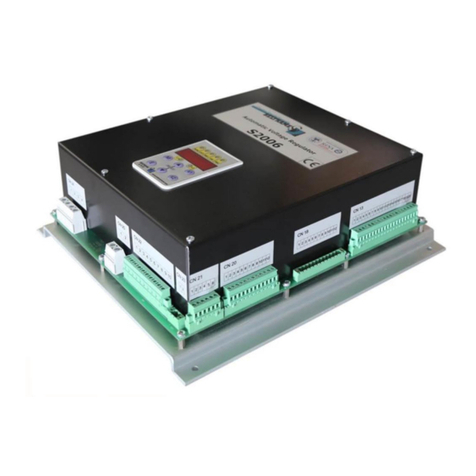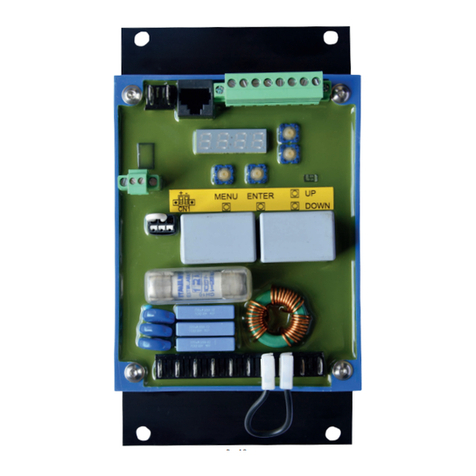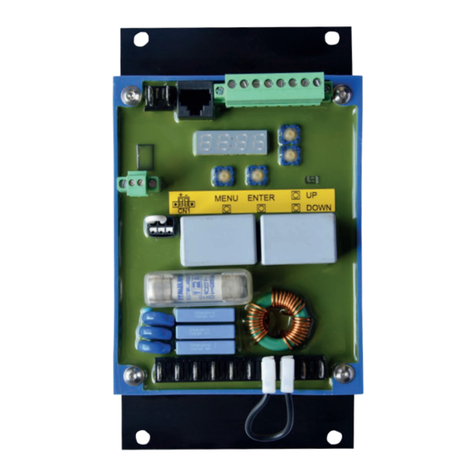PAG.2/32
Contents
Contents ..................................................................................................... 2
Important Notice ........................................................................................ 3
1. SAFETY INSTRUCTIONS ...................................................................... 4
1.1 General.....................................................................................................4
1.2 Safety Instructions .....................................................................................5
2. DEVICE DESCRIPTION ........................................................................ 6
2.1 Introduction ..............................................................................................6
2.2 Area of application .....................................................................................7
2.3 Hardware ..................................................................................................8
2.3.1 Control elements and interfaces .......................................................... 8
2.3.2 Device connections: power and high voltage....................................... 10
2.3.3 Device connections: control signals and interfaces............................... 11
2.4 Software .................................................................................................13
2.4.1 Operating modes ............................................................................. 13
3. Description of the functionality......................................................... 14
3.1 Soft Start ................................................................................................14
3.2 Droop Compensation ................................................................................14
3.3 ‘Keep alive’..............................................................................................15
3.4 Limiters ..................................................................................................16
3.4.1 V/f Limiter ...................................................................................... 16
3.4.2 Minimum excitation current............................................................... 16
3.4.3 Maximum excitation current.............................................................. 17
3.4.4 Minimum capability .......................................................................... 17
3.4.5 Massima capability........................................................................... 18
4. References and Regulations.............................................................. 19
4.1 Field Current Regulation (FCR)...................................................................20
4.2 Automatic voltage regulator (AVR) .............................................................20
4.3 Automatic Power Factor regulation (PF) ......................................................21
4.4 Automatic reactive power regulation (VAR) .................................................21
4.5 Digital reference adjust by calibrator (U/Down)............................................22
4.6 Digital reference adjust by analog (Pot/An. In) ............................................22
5. OPERATOR INTERFACE ..................................................................... 23
5.1 Control keypad and display .......................................................................23
5.2 Navigating the menus...............................................................................24
5.3 Parameters saving....................................................................................25
5.3.1 Menu d –Display............................................................................. 26
5.3.2 Menu r –References and Regulators.................................................. 26
5.3.3 Menu I –Inputs and outputs............................................................. 27
5.3.4 Menu P –Parameters ....................................................................... 27
5.3.5 Menù C........................................................................................... 28
6. MAINTENANCE AND FAULTS ............................................................. 29
6.1 Safety regulations ....................................................................................29
6.2 Maintenance ............................................................................................29
6.3 Trouble shooting ......................................................................................29
6.4 Repair.....................................................................................................30
7. General Data..................................................................................... 31





















